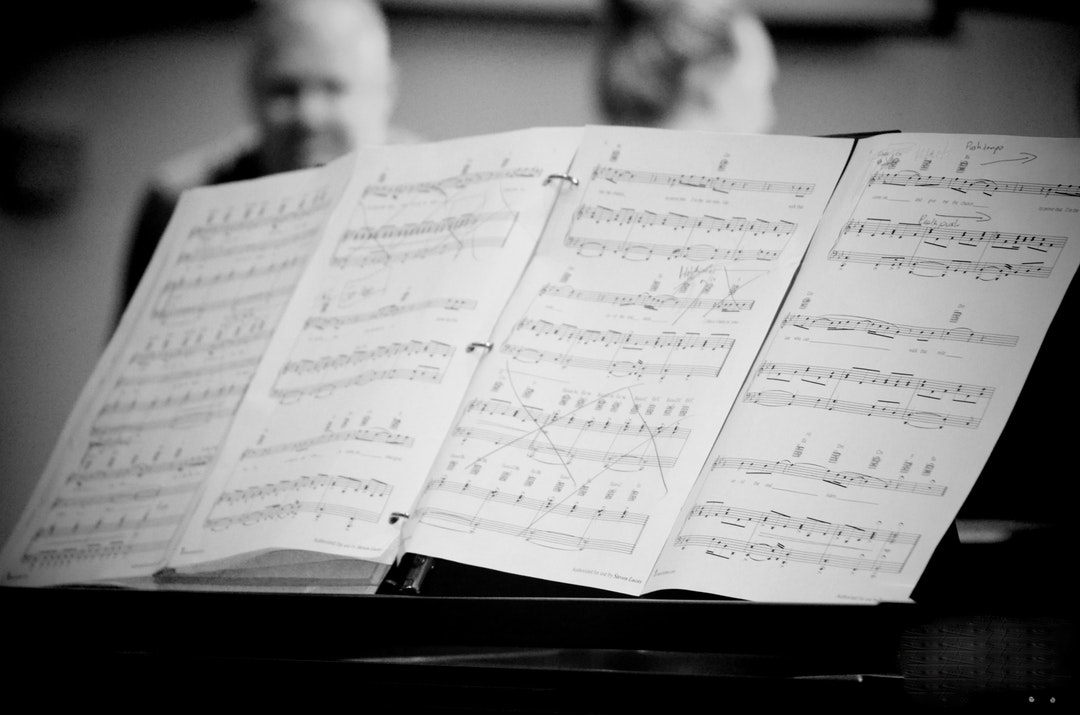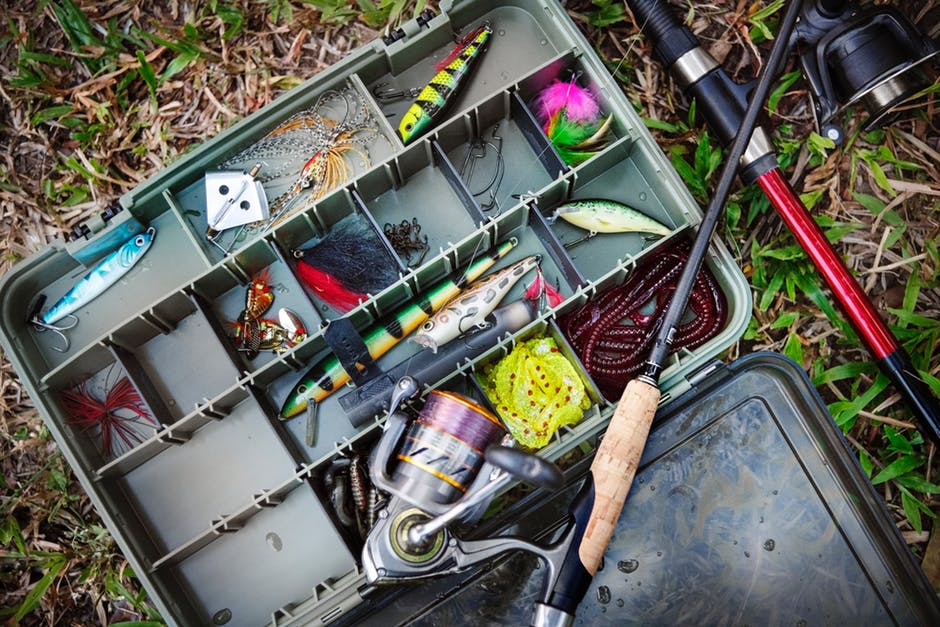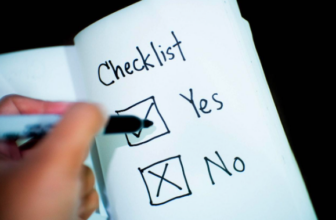
Are you looking to learn sheet music?
Almost everyone loves the idea of playing an instrument; many aren’t prepared for what it takes to master it. Indeed, reading music is the first step to appreciating the art of playing it. While learning how to read music can be tedious, it will become a huge part of your career as a musician.
Understanding how people write music and mastering the rules will enable you to write your own music one day. If this is something you hope to do in the future, reading music is the first step.
Ready to get started? Here are some great tips to help you on your musical journey.
Why Reading Music is Important
You can’t play an instrument if you can’t read music. Sure, you could memorize some chords, but you wouldn’t be able to appreciate it. There are nuances to the notes and timings.
Learning to read music notation will let you read any kind of sheet music. With a bit of practice, you could play almost any song or melody with sheet music easily. It might take some adjustment to make a piano piece work on violin, but in general, it’s a great start.
One thing to remember is that reading music is a lengthy process. It’s like learning a language. You need to practice it and use it often for it to stick and become easy to use.
Don’t become frustrated if it takes a bit of time. Reading music is a skill with a huge payoff for the rest of your life. Moreover, it’s a skill that will follow you across different instruments and musical styles.
If learning to read music to play a stringed instrument like a guitar, there are a few things worth getting. Here’s an interesting list to get you started. Without further ado, let’s dive into the meat and potatoes of learning to read sheet music.
Learning Musical Notation
Before you can even start figuring out how to read musical notes, you need to master the basics. It isn’t an understatement to say musical notation is like its own language. There are rules to follow, and a specific way to write, read, and interpret things.
The good thing is that musical notation is consistent. Mastering the basics will give you a good foundation for other more complex concepts. The first place to start is with the Staff.
Introducing the Staff
All sheet music gets written on the staff. The staff is a 5-line chart with 4 spaces, appearing horizontally from bottom to top. Musical notes, letters, and other symbols can show up almost anywhere on this chart.
There are two main caveats. First, the symbol has to appear either centered inside one of the spaces or on a line. The second caveat is that symbols can appear above the final line or below the first line.
If that happens, a line needs to get added for that particular note, called a ledger line. This will also go through the note or show where the space would be if there were an extra set of lines. Now that you understand what the staff is, you need to know how to read what’s on it.
Octaves and the Musical Alphabet
The entire musical alphabet contains only 7 letters. These are A, B, C, D, E, F, and G in ascending order. Each of these letters equals a specific note on your instrument of choice.
When you get to G, there is no H. Instead the notation would loop back to A, which counts as one octave. To tell which of the letters starts on which line, you have to understand the difference between The Treble and Bass Staffs.
The Treble Staff
You can think of the treble staff as a particular rule set for how to depict higher pitched notation. A good example would be the right-hand side of the piano, where all the high notes reside. The symbol itself is the treble clef.
We’ve all seen the symbol for the treble clef. It’s an elaborately cursive and swooshing G that appears at the far left of the Staff. The loop of the G will always wrap around the second line from the bottom.
This is the “G” line of the staff where the corresponding letter of the musical alphabet goes. If you see the treble clef symbol, you’ll be exclusively using the higher notes on your instrument to play those parts. To remember which lines and spaces go with which letters, there are 2 acronyms to remember.
FACE and Every Good Boy Deserves Fudge
The first is FACE, which corresponds with the spaces. The first space between lines 1 and 2 is F. Then A, C, E, and so on. If you’ve noticed, the alphabet skips a letter each time.
This is because the missing letters, the E before the F and the G after it, are for the lines themselves. The first line of the treble staff would be where the E note would go, with a line running straight through its center.
If you were to chart the musical alphabet on a treble staff with every line and space covered, it would go E, F, G, A, B, C, D, E, and F, alternating lines and spaces.
FACE helps you remember the spaces. For the lines on the staff, remember EGBDF – Every Good Boy Deserves Fudge. If you need to read notes above or below the 5 lines and 4 spaces, it will still follow the ABCDEFG order before returning to A.
Remember FACE and EGBDF so you know where to start on a standard treble staff.
The Bass Staff
The bass staff works like the treble staff, but for the lower or deeper octaves. The bass clef symbol resembles a single closing quotation mark. There will also be two floating dots to the right of the symbol.
Like the treble clef, the bass clef will also appear on the far left of the staff. The symbol will begin on the second line and swoop up to curl under the final line. The curl will end in a thick ball right on the 4th line, with the dots to the right being right above and below that line.
Unlike the treble staff, however, the bass staff has its own acronyms and starting order. That said it still follows the ABCDEFG path.
All Cows Eat Grass, and Good Boys Deserve Fudge Always
When reading a bass staff, the first space letter is A instead of F like it was with a treble staff. Like with treble it will skip a letter with each space, going A, C, E, and G. You can remember this with “All Cows Eat Grass”.
After G, if you need notes above the final space, you’d go with an A on the top line and a B above it where the next space would go. The acronym for the notes on the lines themselves is “Good Boys Deserve Fudge Always” – or GBDFA. Most instruments will use either a Bass staff or treble staff orientation.
A few instruments, like the piano, will need both. For these, it’s common to see both staves on the same page of sheet music. The treble staff will be on top, and the bass staff will be on the bottom.
Knowing how to tell and read them both is the absolute minimum to reading and playing music.
Reading Music Symbols
Now that you know how staves work, you need to know about music symbols. The letters by themselves and where they are on the staff will tell you what to play. However, they won’t tell you how long to hold the note for or how long to wait between beats.
The black and hollow circles with the skinny stems sticking out from them are musical notes. Inside the circle, called the head, is the letter (corresponding to ABCDEFG). The orientation or length of the stems doesn’t actually affect how you play the note.
There are conventions in place to help keep the staff looking clean. For that reason, any note heads appearing on the bottom half of the staff will have a stem pointing upward. Any heads appearing on the top half of the staff will point their stems downward.
Time Signatures
Something you need to learn to read is the time signature. It will be a set of 2 numbers appearing like a fraction next to the staff symbol and before the first measure. Music gets divided into measures, and the time signature lets you know what the pace should be.
The top number lets you know how many beats are in each measure. The bottom number is the length of each beat. Something like “Twinkle Twinkle Little Star” would have a 4/4 time signature.
There are 4 beats in each of the first 2 measures, and each quarter note should only have 1 beat. By practicing and mastering how to read time signatures, you’ll be on top of speed and pacing. This is a huge requirement for understanding and playing music.
Beats and Flags
Not all musical notes have black, filled in heads. Some are hollow (an empty white middle). Others are thick black “O”s with an empty space and no stem.
These variations of symbols tell you how long to hold or play a note for. A filled-in note head is a quarter note that you only hold for a single beat. The open or hollow one is a half note, equalling two beats.
The stemless O is a whole note, which gets four beats. Putting a dot after the note symbol adds an additional duration equal to whatever 50% of the original note was. So an open note with a dot would equal three beats instead of 2.
There is also something called a tie. This is a lined arch connecting two notes to each other. If you see that you’re meant to combine the durations while playing the notes.
This is most common when crossing measures without pausing.
To shorten the duration of beats, you use flags or beams. A flag is a little curve that hangs off the stem of a note. Each one halves the normal duration of the note.
You can put several flags together, but this can start looking messy. Beams are a cleaner alternative that are often used. A beam is a straight line connecting one note to another, making them look like a pair of earmuffs.
Rest Notes
The final notes you need to read are rest values. These tell you how long to wait between beats – i.e. how long before playing the following note. There are 5 of them, and they help you pace your music in an effective manner.
The whole rest is a line with a small filled-in rectangle hanging below it. This lasts four beats of silence. A half rest is the same symbol reversed, with the square on the top.
This one lasts two beats. The quarter rest looks like a squiggly lightning bolt and is only 1 beat of silence. Like other notes, you can add flags to them.
A line with a single flag to the left is an eight rest. Two flags are a sixteenth rest. It will take some getting used to, but learning is essential.
Reading Music for Beginners
Anyone can learn the basics of reading music, but it takes practice. You need to keep at it every take and practice reading and writing it. Learning how to play based only on sheet music without having to translate it in your head is a crucial skill.
The good thing is musical notation is pretty consistent, so once you start it should come quick. It’s also a good idea to reach out to those with knowledge of music and musical arts. If you’re looking for more tips to improve your musical skills, then be sure to check out our other posts.





